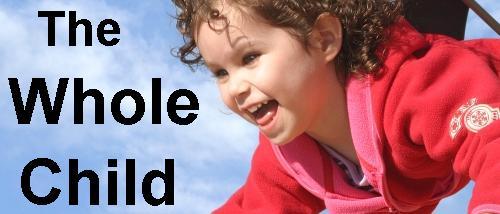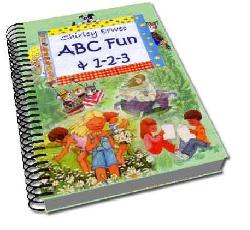| Back to Back Issues Page |
 |
|
What is Unschooling? June 14, 2016 |
What is Unschooling?The term 'unschooling' was originally coined in the 1970’s by John Holt, who is regarded by many as the father of unschooling. In the 1970s, it simply meant 'not schooling’, meaning that education was being conducted elsewhere than at a school. Nowadays, the term 'unschooling' has come to refer to a specific type of home education.
However, since unschooling may take so many varying forms, it is very difficult to define exactly what is and what isn’t unschooling.
Essentially, unschooling is self-education.
There are also many other terms roughly synonymous with the nuances of its meaning, such as child-centred learning, autonomous learning or self-directed learning, delight-directed learning, and development-directed learning.
In adulthood, unless we are compelled to enrol in formal training courses, we generally pursue lifelong learning autonomously. When we wish to or need to learn something, we find a way to do so. Your subscription to this newsletter is an example of you unschooling. Another picture of unschooling is the life of a toddler at home. Generally, he is naturally curious about the world in which he spends his days playing, amusing himself. He is able to explore his environment in relative freedom. During this stage of life a child learns to walk and talk, with very little help or instruction. These are major life skills that he seems to learn ‘organically’. His learning is very natural and spontaneous; just part of living his daily life.
Unschoolers believe that all children should continue to learn in freedom, just like little ones do and just like many adults do. Unschooling puts educational choices and control in the hands of the one doing the learning. There is no compulsion or pressure from any external source. "Each of us is born with a crazy passion to learn. Each of us craves knowledge of our world and our place within it. We learn because we want to learn, because it's important to us, because it's natural, and because it's impossible to live in the world and not learn. Then along comes school to mess up a beautiful thing." — PS Pirro Antoinette Jurgens, a homeschooling mom made a good point: ‘You are not there to “teach” your children. You are simply there to expose them to as many things as possible, so that they can learn on their own. This is a big mindshift, but it’s absolutely worthwhile to research unschooling or self-directed learning. I don’t believe it is for everyone, and one doesn’t have to follow it 100 percent, but it’s worthwhile knowing about it and keeping it in mind to keep stress away! My book, Homeschooling the Primary Years has a chapter that covers this topic in greater detail, explaining why families choose this unconventional way of facilitating their children's education.
Developmental ActivitiesFine motor skills Get your child to try scrunching up large pieces of newspaper using only one hand. This activity strengthens the muscles in the hand. Gross motor skills Practice throwing and catching the balls of newspaper that your child created in the activity above.
Visual Skills Play a matching game using construction toys or building blocks. You and your child should each start with identical pieces. You then add another piece and your child must copy you with her piece. Continue adding pieces and then alternate and let your child be the leader in the game. Take turns for as long as your child can concentrate. Mathematical skills
Play a board game that requires using dice, like ludo or snakes and ladders. You can use one, two or three
dice, depending on your child’s ability. If you don’t own any children’s board games, then create your own board game on a piece of card. Draw blocks in the form of a race track or create whatever theme would delight your child!
Auditory perception Tell or read your child a short story. Afterwards, ask her to tell you what happened. If she does not tell you everything, prompt her by asking questions about what happened before or after certain events. Also ask other relevant questions about the characters or events of the story. Initially your child may only tell you the parts of the story that were significant to her, like the climax or the ending. However, in time she will learn to narrate back to you with increasing accuracy.
Language and thinking Talk to your child about how trees change from season to season. Ask her questions about her knowledge of trees at different times of the year. A lovely story to re-inforce this activity is The Little House by Viginia Lee Burton. The story is about urbanisation and how a house in the countryside becomes surrounded by development and technology before finally being 'rescued', but the theme of the changing seasons and the apple trees can't be missed. Another heart-warming story that is told through the seasons of the year is A New Coat for Anna by Harriet Ziefert.
Faith building Encourage your children to say a prayer of thanks before they eat a meal. They can say it aloud or silently if they prefer. The goal is to train them to remember to be thankful, even when they eat alone or when no one else gives thanks. Regards Designed for ages 3-6 years, ABC Fun & 1-2-3 is a story-based preschool curriculum with printable alphabet worksheets, weekly lesson plans, easy kids crafts, nursery rhymes and more - all to make learning the ABC fun! |
| Back to Back Issues Page |
